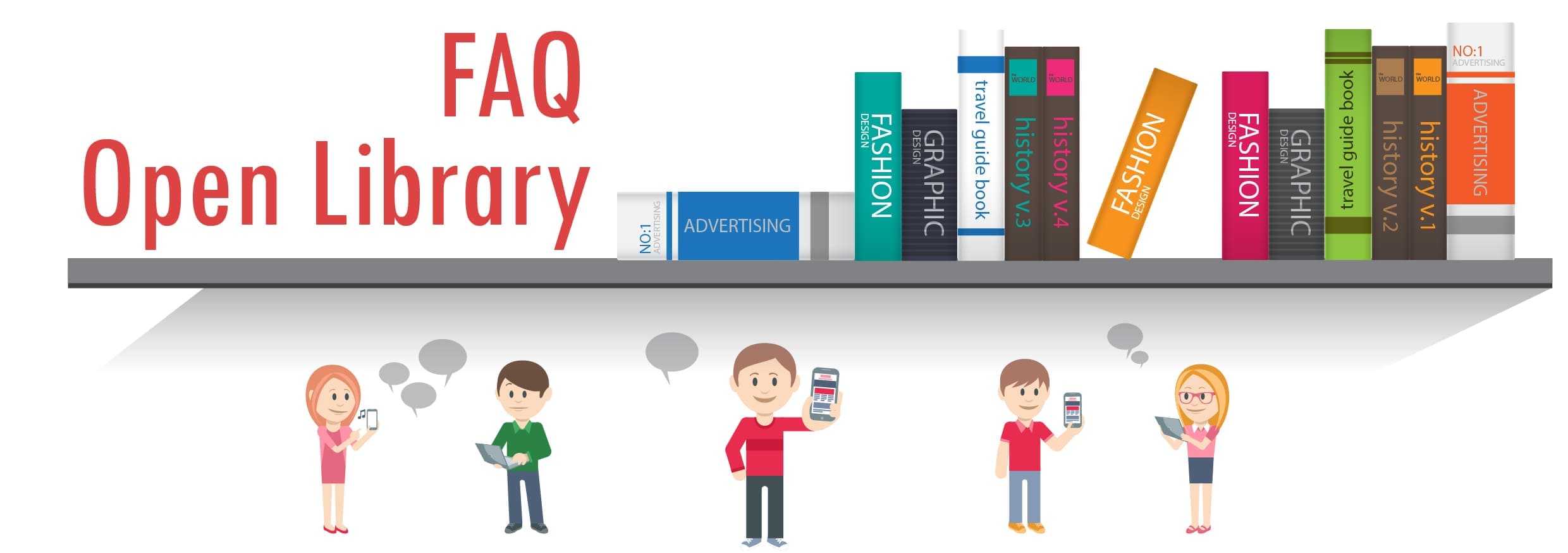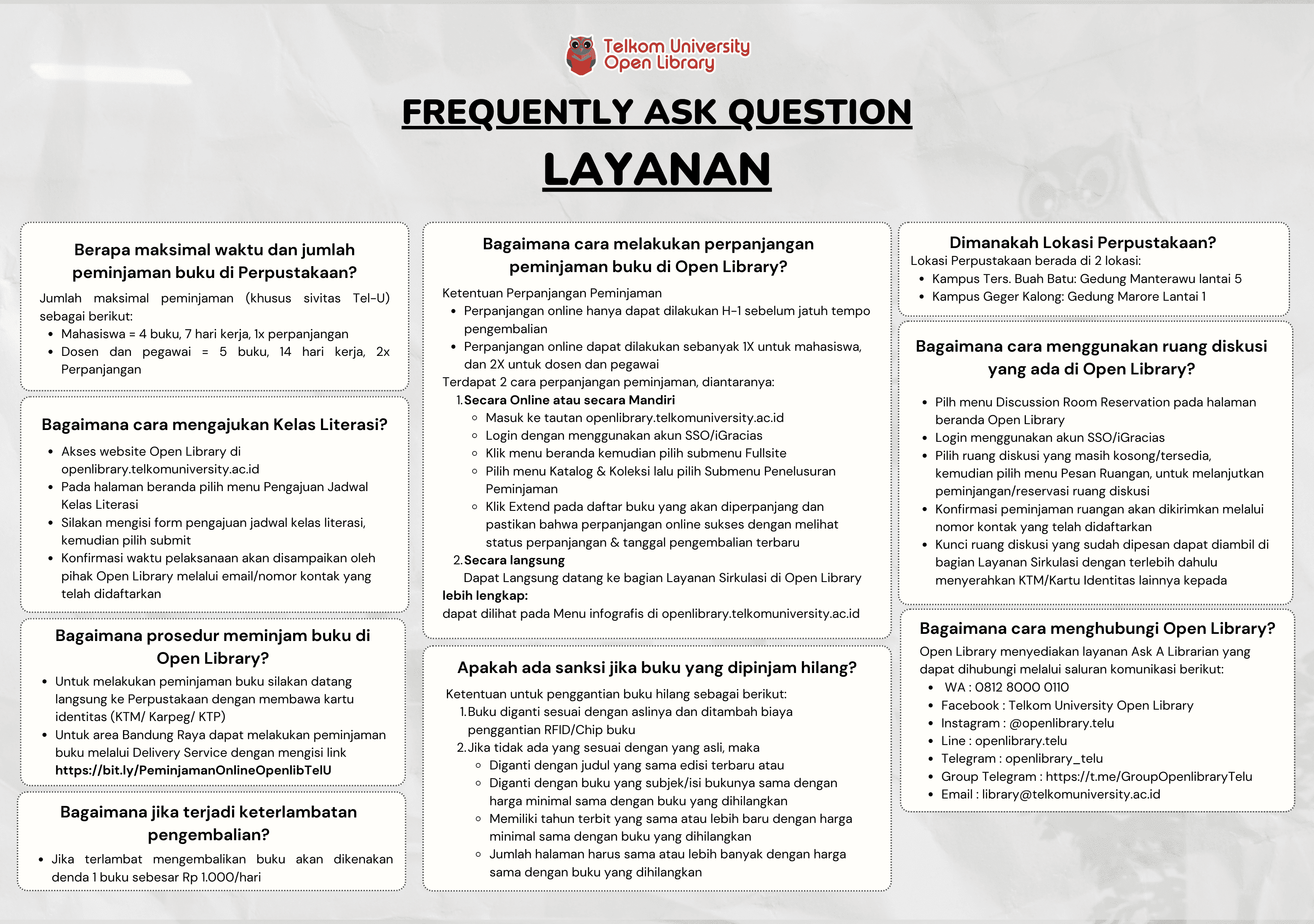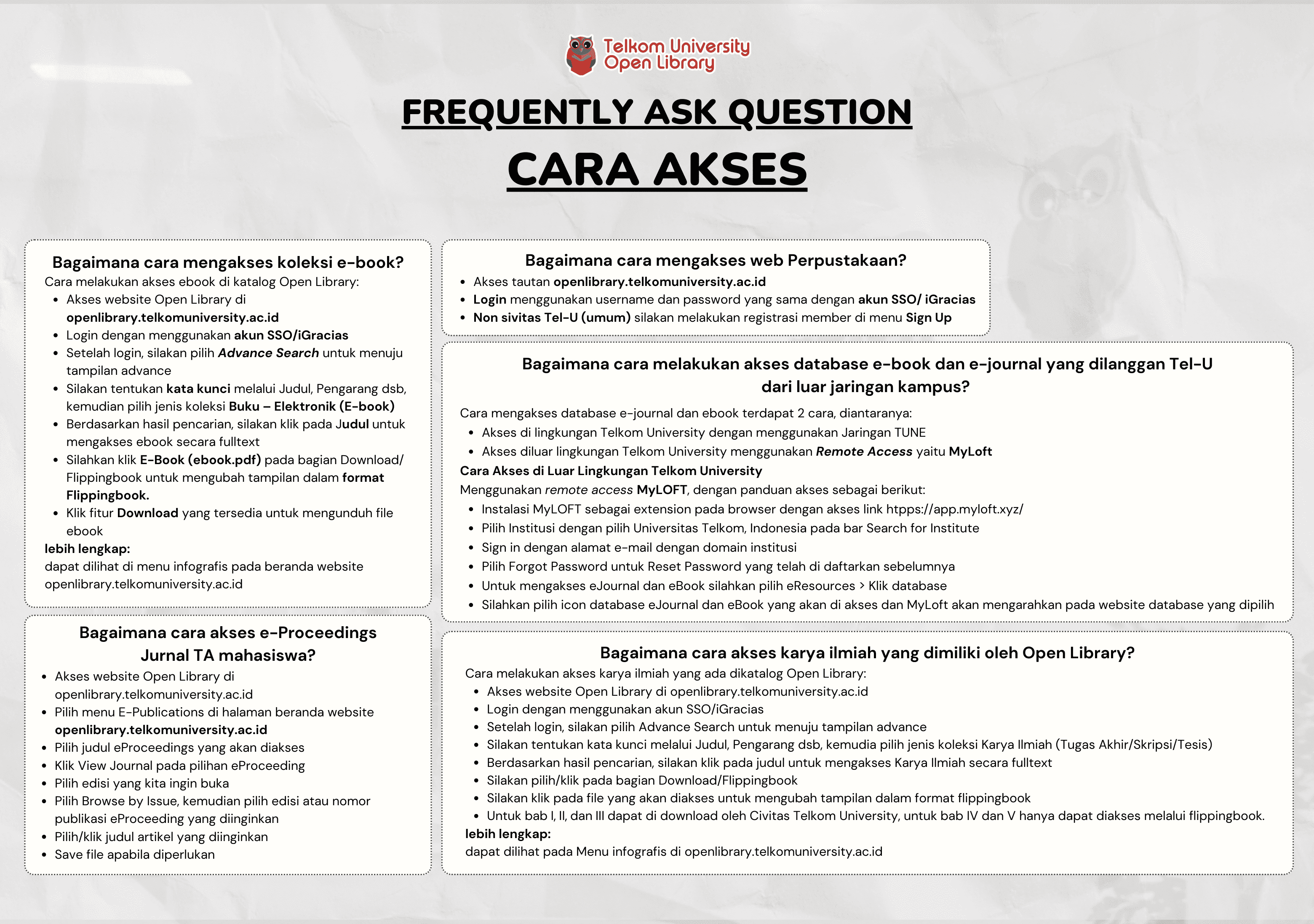Optimal Degree Distribution of Repetition Codes for Prioritizing Human Data Communications Over Machines for Future IoT Networks
KHOIRUN NI`AMAH

Informasi Umum
Kode
18.05.085
Klasifikasi
C -
Jenis
Karya Ilmiah - Thesis (S2) - Reference
Subjek
Telecommunication - Engineering
Dilihat
312 kali
Informasi Lainnya
Abstraksi
It is predicted that the human data communication are mixed with machines data communications in 2020. This thesis considers future wireless super-dense networks involving humans and machines communications. This thesis proposes a new access technique to prioritize human over machines for future wireless Internet-of-Things (IoT) networks. This thesis develops coded random access (CRA) using repetition codes as a new multiple access scheme for super-dense networks, which is expected to serve millions of nodes, cover human and machines communications simultaneously. Repetition codes are selected because of its simplicity in design and implementation, where a packet is copied and transmitted to the common destination according to the designed rate. This thesis aims to maximize the number of users (both humans and machines), where the priority of access is given to the human. In this study, human and machines are using coding and modulation system that match each other, according to extrinsic information transfer (EXIT) chart, to minimize the rate loss. A series of computer simulations are conducted to evaluate the decoding behavior via projected EXIT chart to measure the performances of the proposed access scheme using simple degree distribution for humans and machines groups in terms of packet-loss rate (PLR) and throughput. The total performances of the systems are evaluated under (i) several practical values of utility functions, (ii) optimal degree distribution for every utility functions, and (iii) practical verification under frequency-flat Rayleigh fading channel. The projection of EXIT curve of machines group to slot node (SN) is called machine-SN curve, while the projection of EXIT curve of human to SN called human-SN curve. We found that an excellent small gap between projected machines-SN curve and UN of human curve can be achieved. Similarly, we found that small gap is also achievable between UN of machines curve and projected human-SN curve indicating small rate loss for both of the groups. These results are believed to be useful for future applications of super dense networks involving humans and machines in the Internet-of-Things (IoT) networks.
Keywords: Internet-of-Things (IoT), Repetition Codes, Machines, Human.
- DU5112 - PROSES STOKASTIK
- TT5213 - TEORI INFORMASI & PENGKODEAN
Koleksi & Sirkulasi
Seluruh (1) koleksi tidak tersedia
Anda harus log in untuk mengakses flippingbook
Pengarang
| Nama | KHOIRUN NI`AMAH |
| Jenis | Perorangan |
| Penyunting | I Nyoman Apraz Ramatryana, Khoirul Anwar |
| Penerjemah |
Penerbit
| Nama | Universitas Telkom |
| Kota | |
| Tahun | 2018 |
Sirkulasi
| Harga sewa | IDR 0,00 |
| Denda harian | IDR 0,00 |
| Jenis | Non-Sirkulasi |




















